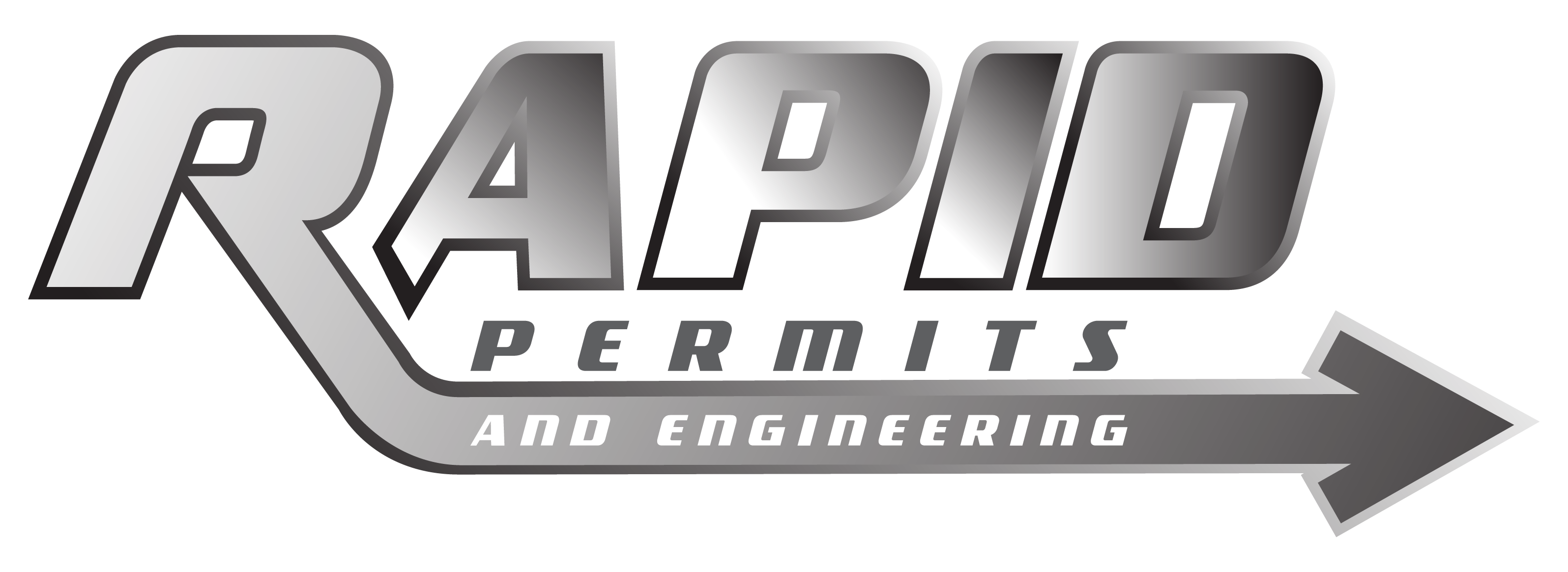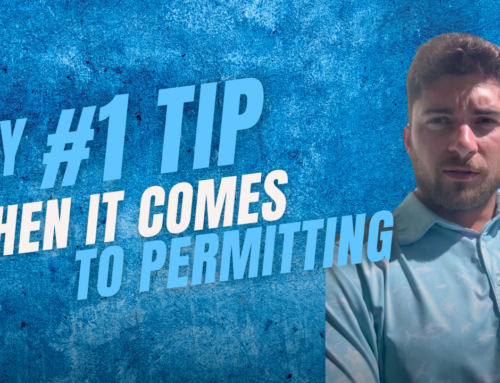Handrails on Docks: Why They Are Required and When They’re Not
If you’ve ever wondered why some docks have handrails while others don’t, you’re not alone. Many dock owners and builders question the necessity and regulations surrounding handrails. Here’s a breakdown of why handrails are required in some cases and not in others.
Regulatory Requirements
Handrails are primarily about regulation. The Army Corps of Engineers, the Department of Environmental Protection (DEP), and other agencies aim to control and minimize the environmental impact of docks. Here’s how they do it:
3. Mooring Restrictions:
- Handrails are often required on parts of the walkway leading out to the terminal platform where boats are parked. This is to prevent mooring or boat parking in non-designated areas.
- The aim is to reduce shading from boats and limit navigation in sensitive areas.
2. Navigation Depth:
- State legal navigation depth for boats is four feet at low tide. If the water is shallower than this along the walkway, handrails are required to prevent boat parking.
- In such cases, you might also see “No Mooring” signs to reinforce this rule.
3. Environmental Sensitivity:
- In environmentally sensitive projects, handrails help protect the area by preventing boat access where it could cause damage.
Observation Docks
Observation docks, which are not intended for boat parking at all, will always have handrails and “No Mooring” signs. This ensures that boats are not used in these areas, preserving the space for observation and leisure without the risk of environmental harm.
Changes Over Time
It’s important to note that handrail requirements have become more stringent in the last five years. Older docks might not have handrails in shallow areas simply because the regulations were not as strict at the time they were built. Today, almost every dock built in shallow waters requires handrails as part of the permit process.
Design Considerations
When designing a dock, consider these regulations. If your dock is in a shallow area or an environmentally sensitive zone, plan for handrails and possibly “No Mooring” signs. This will not only ensure compliance with regulations but also protect the surrounding environment.
Understanding these requirements can help you design and build a compliant, environmentally friendly dock that meets all necessary regulations. If in doubt, consult with a professional to navigate the permitting process effectively.
For more information on our services CLICK HERE!





